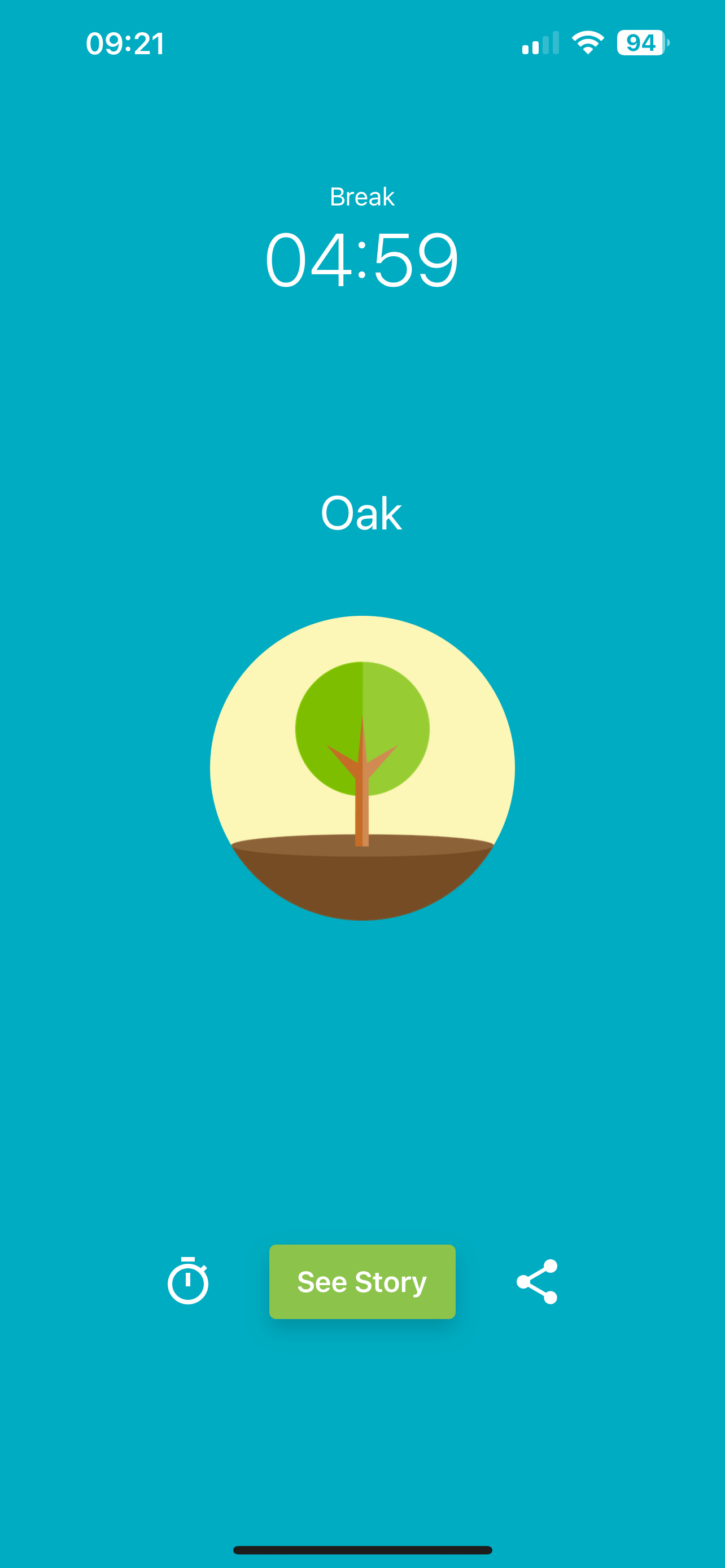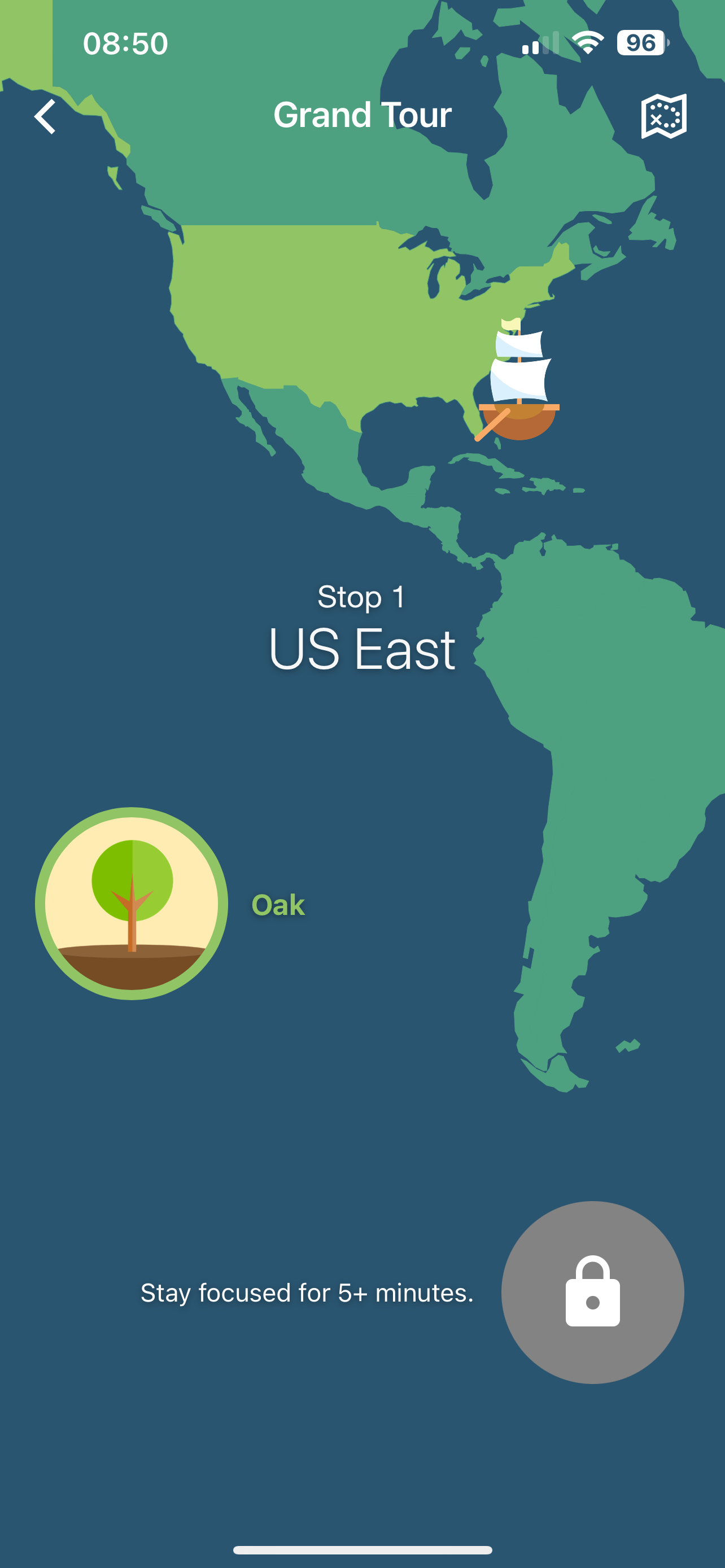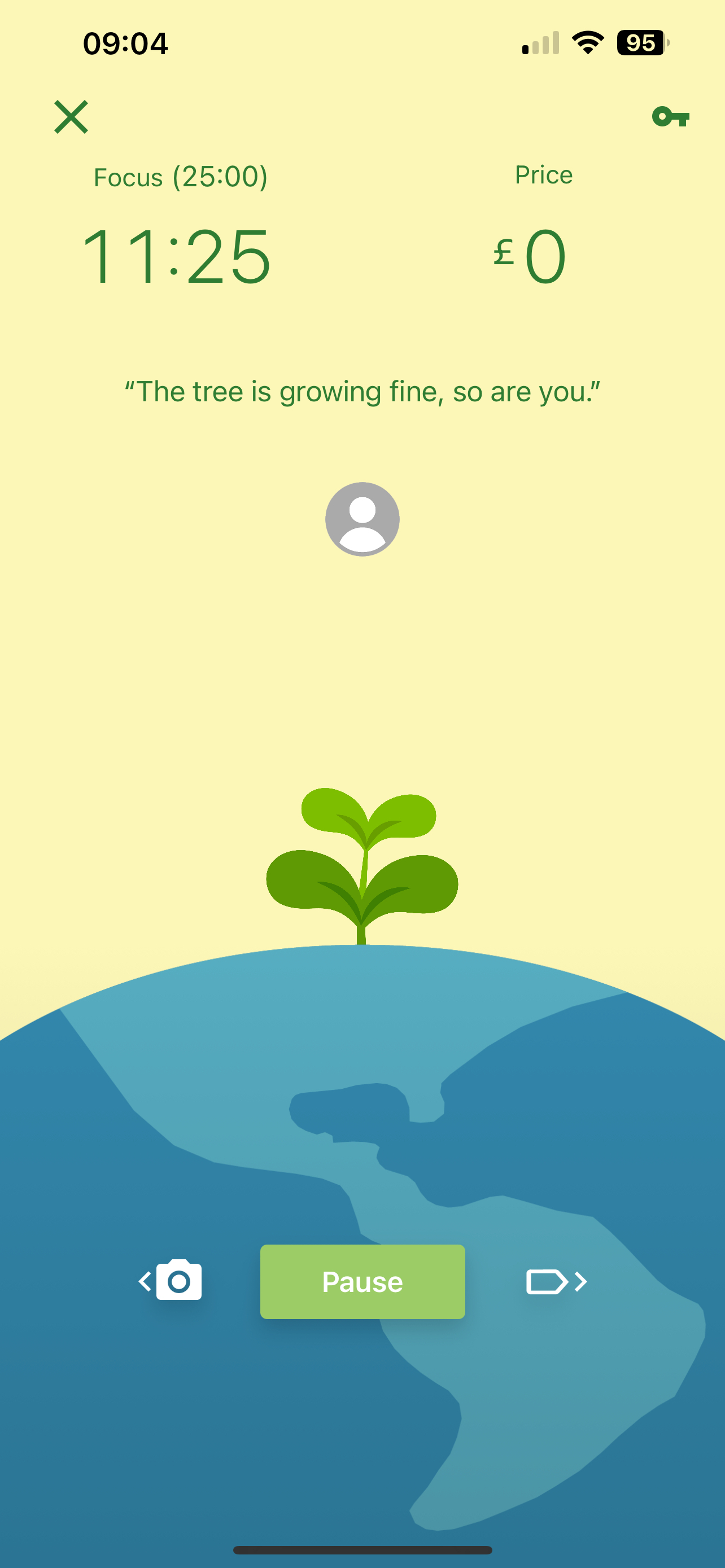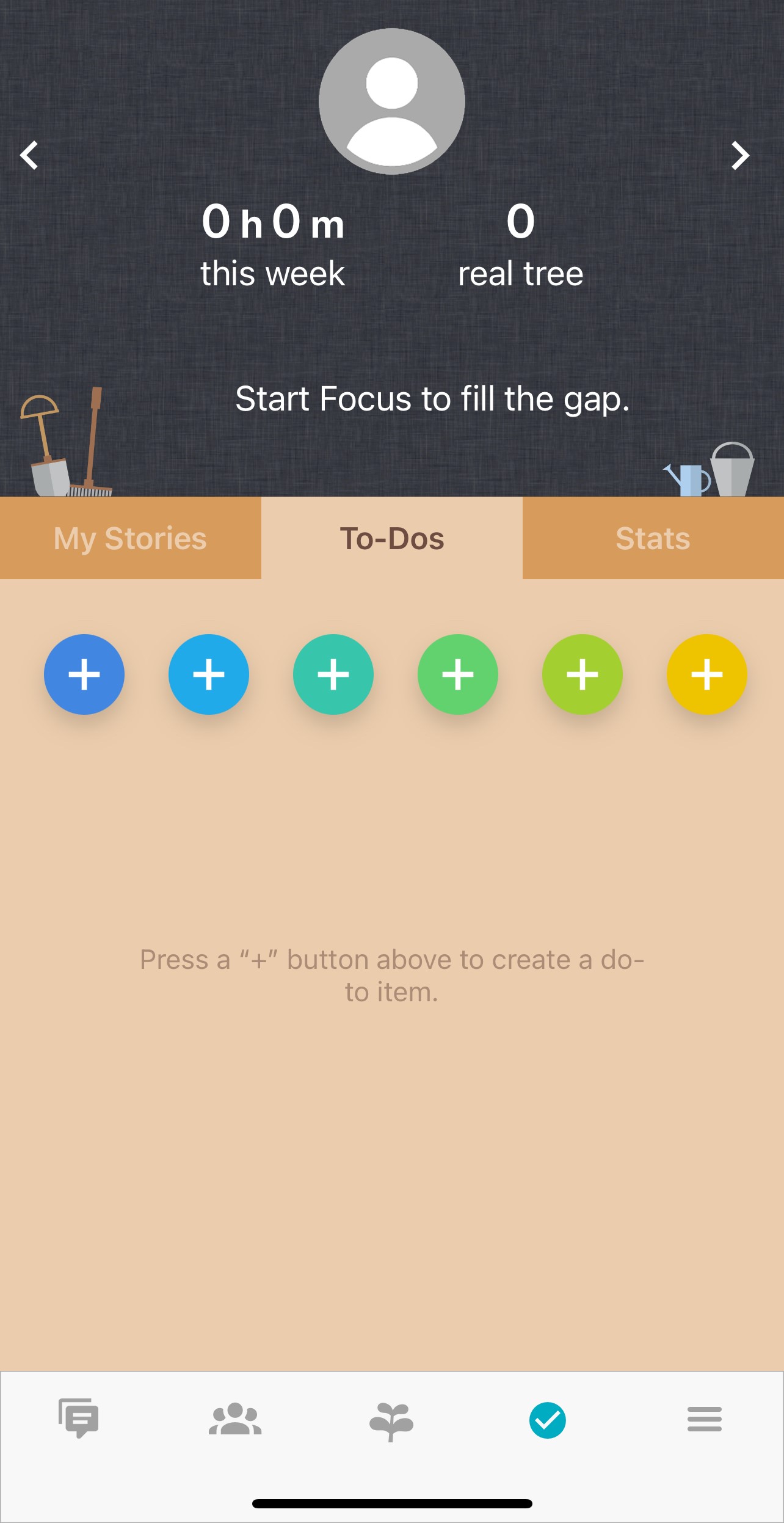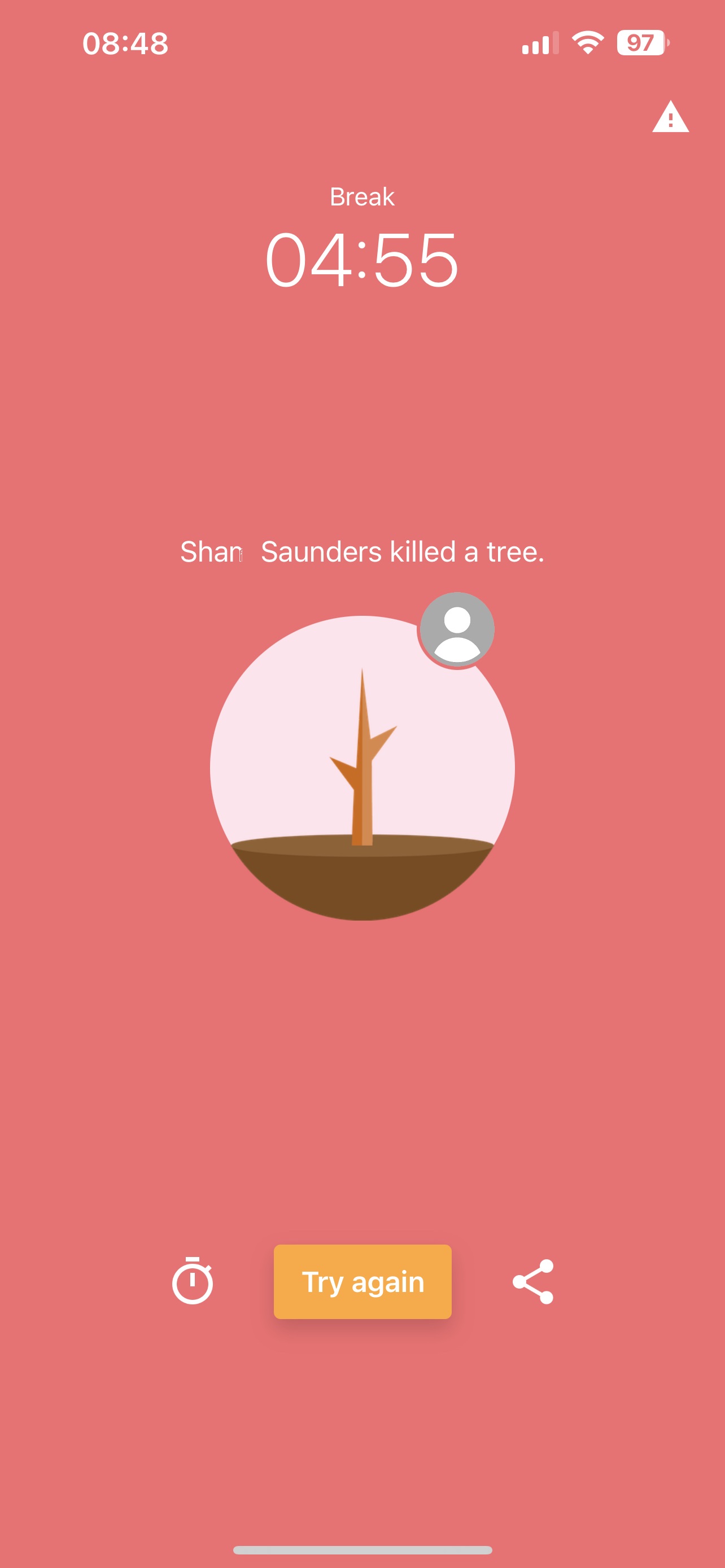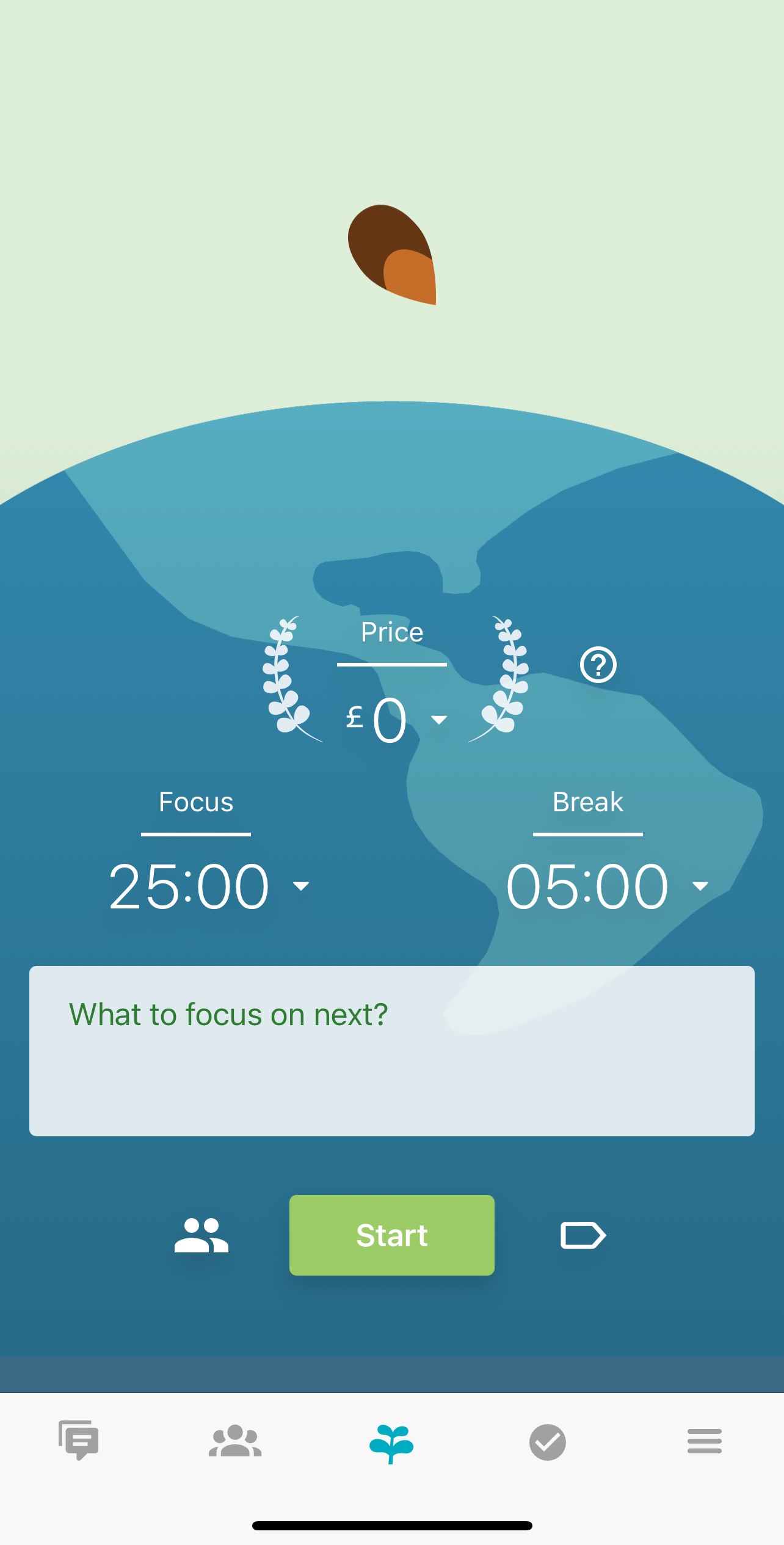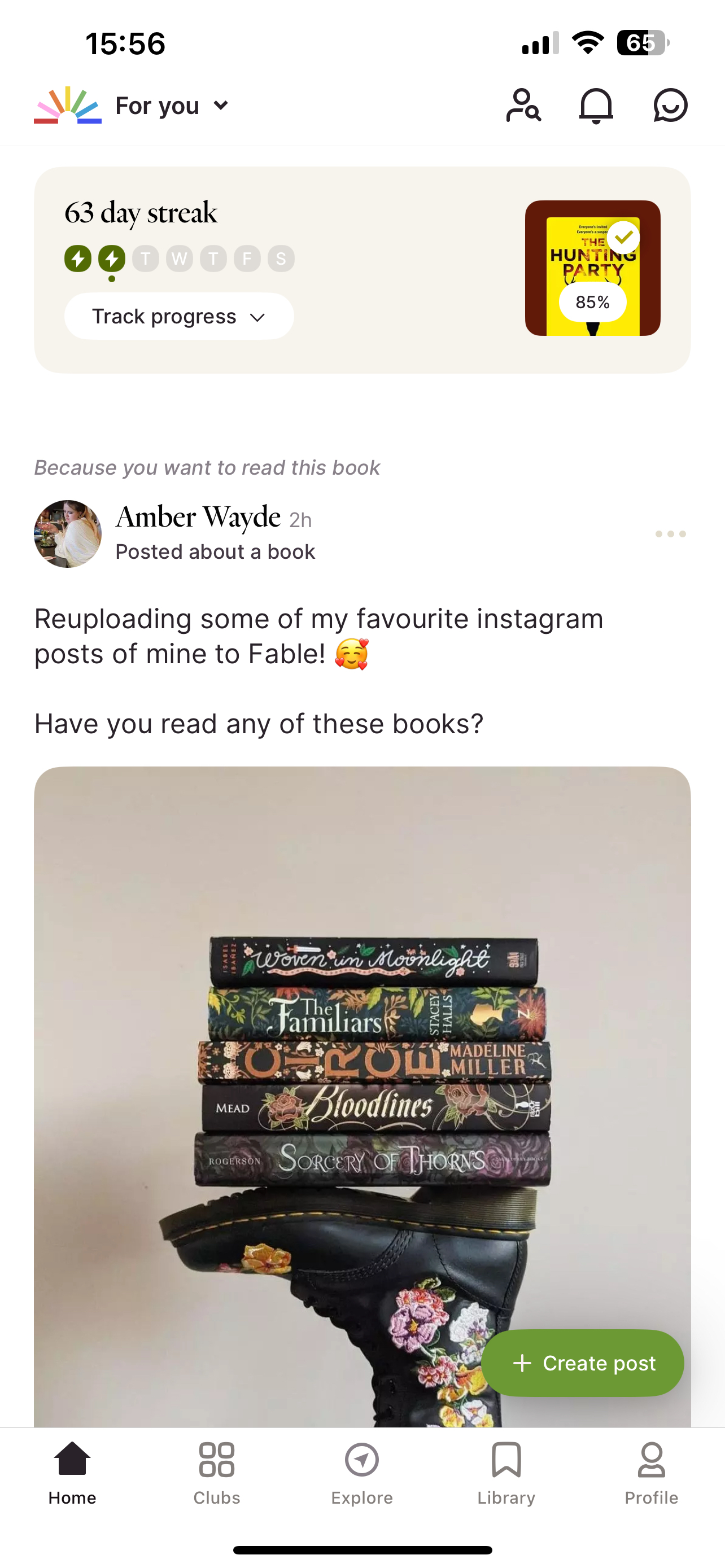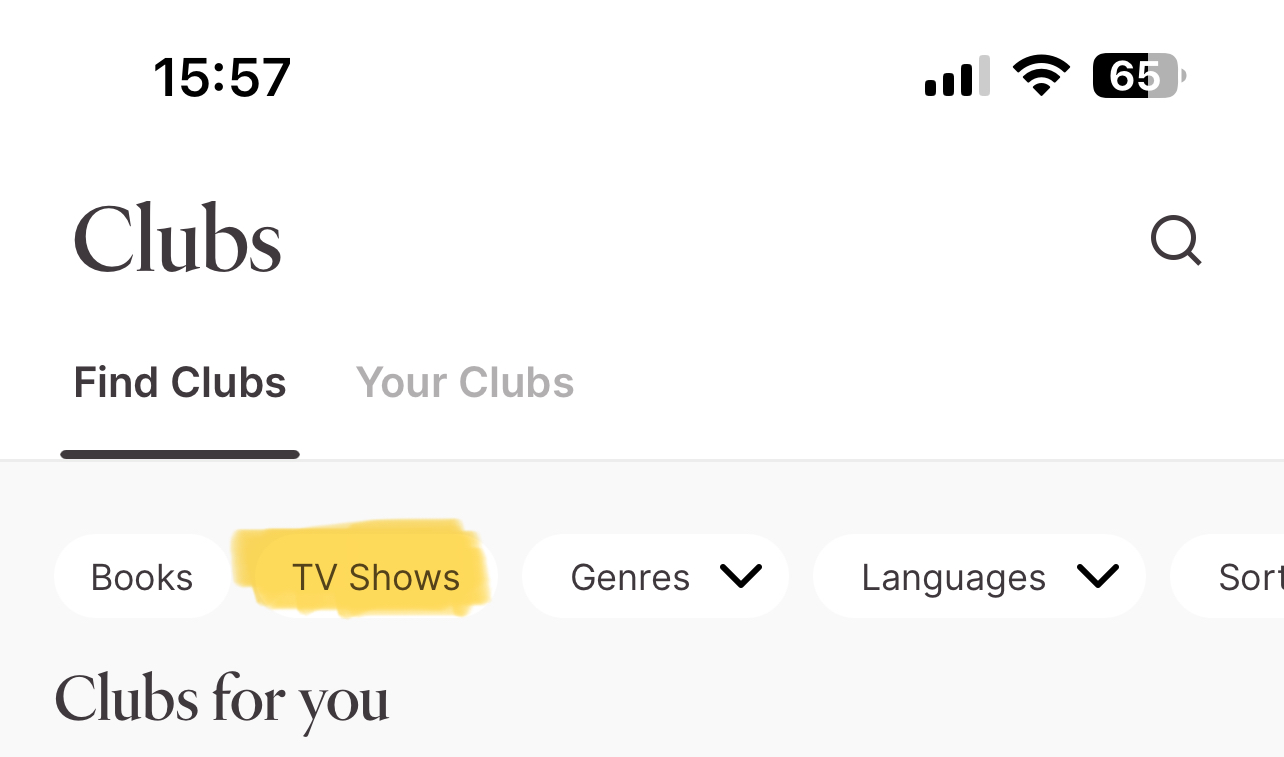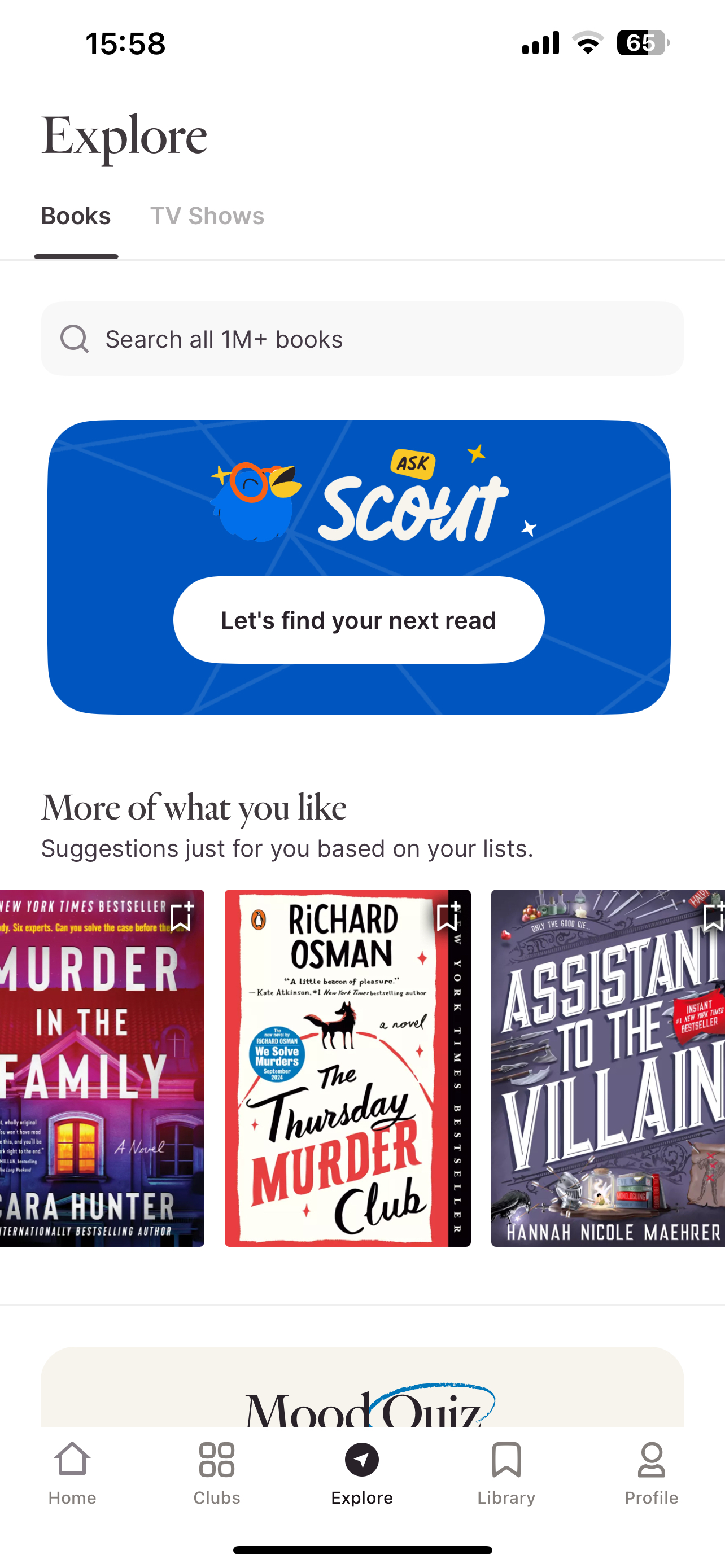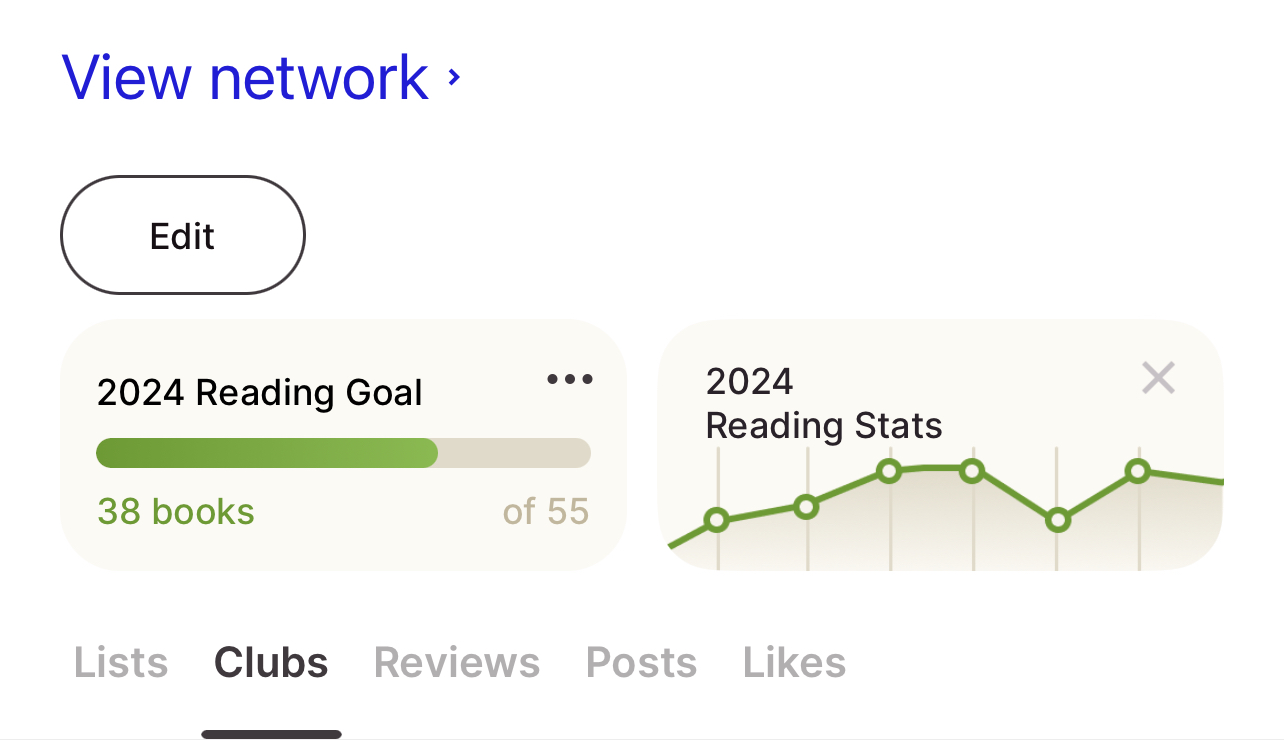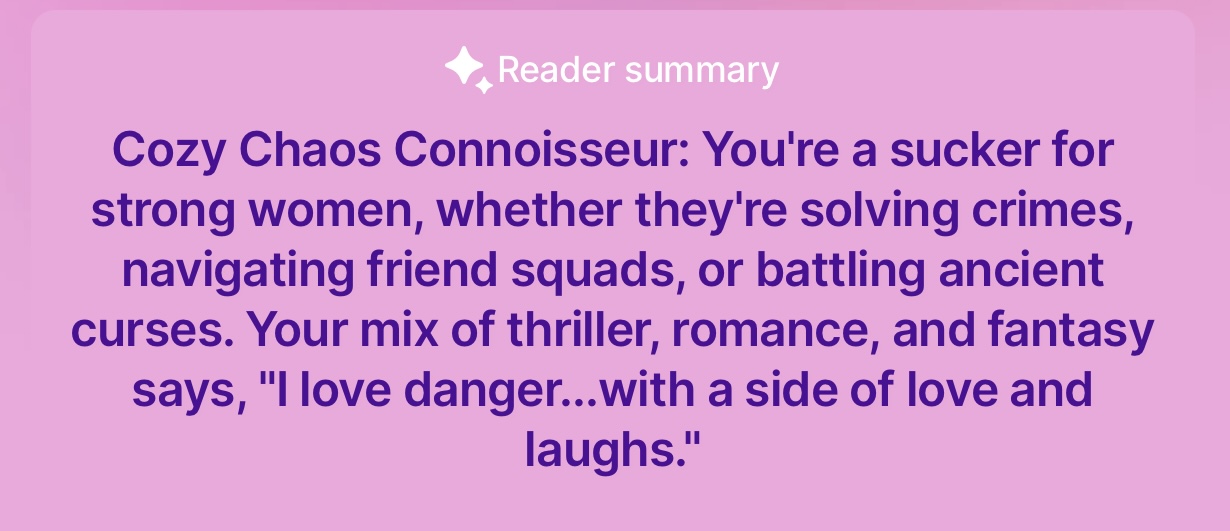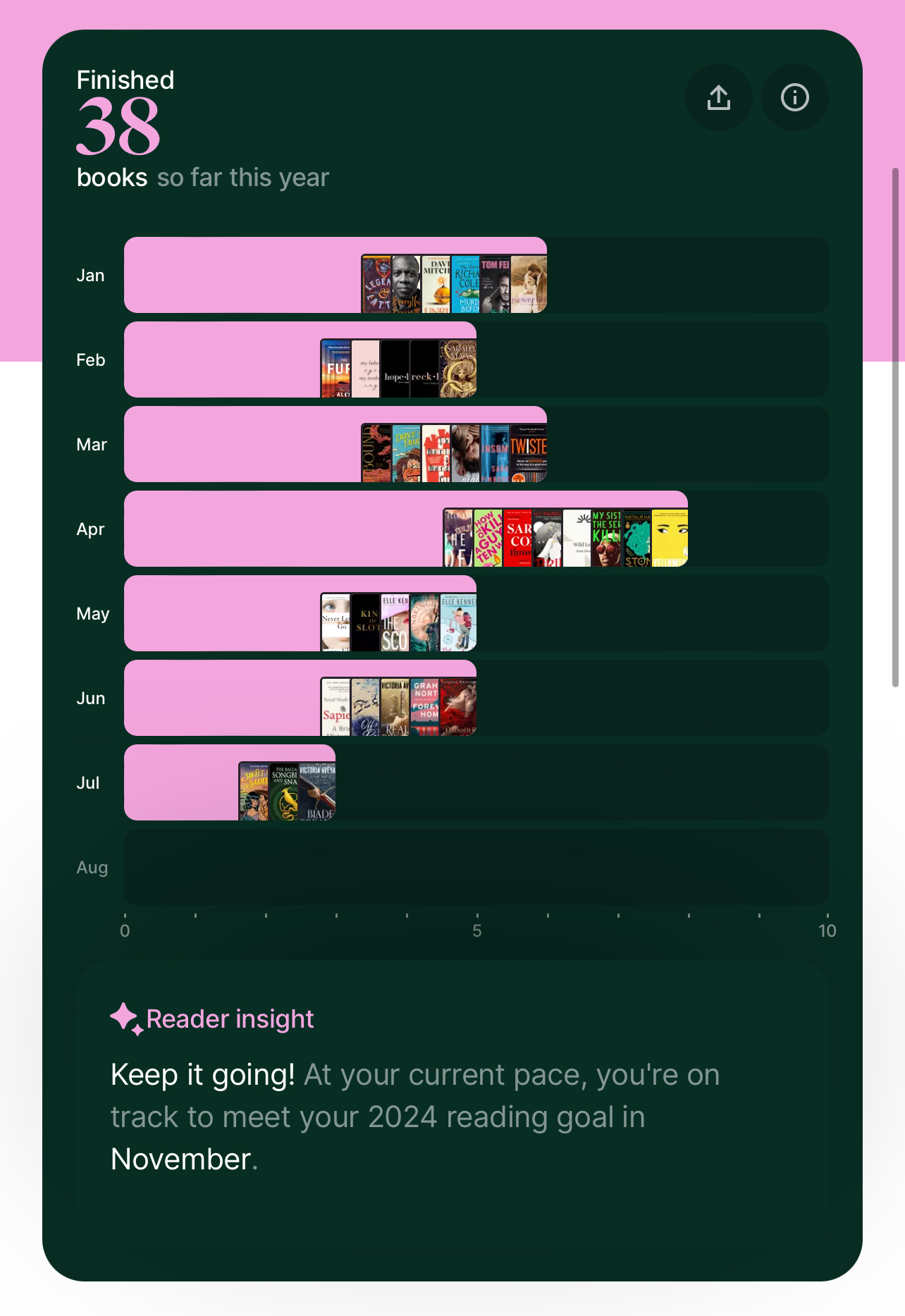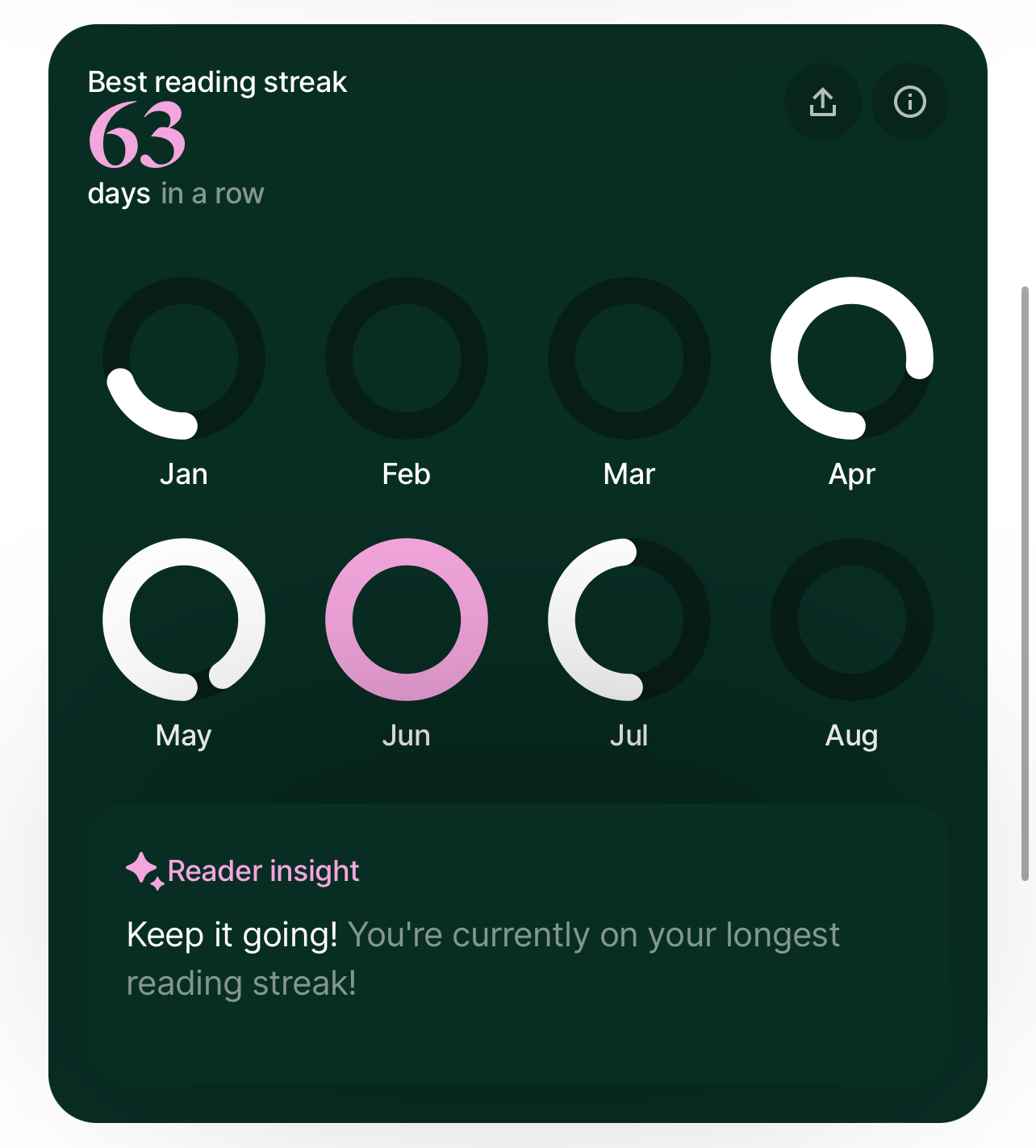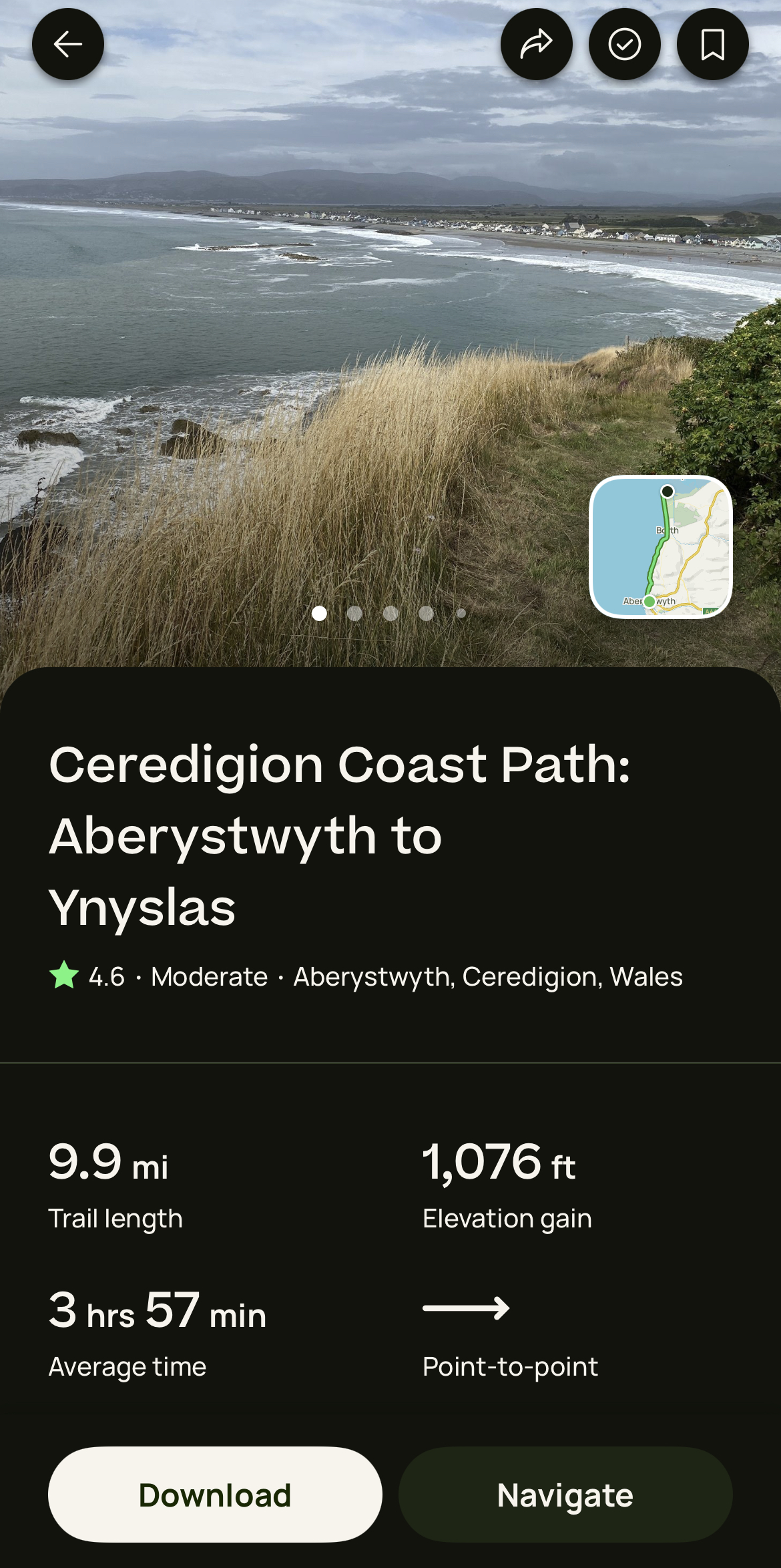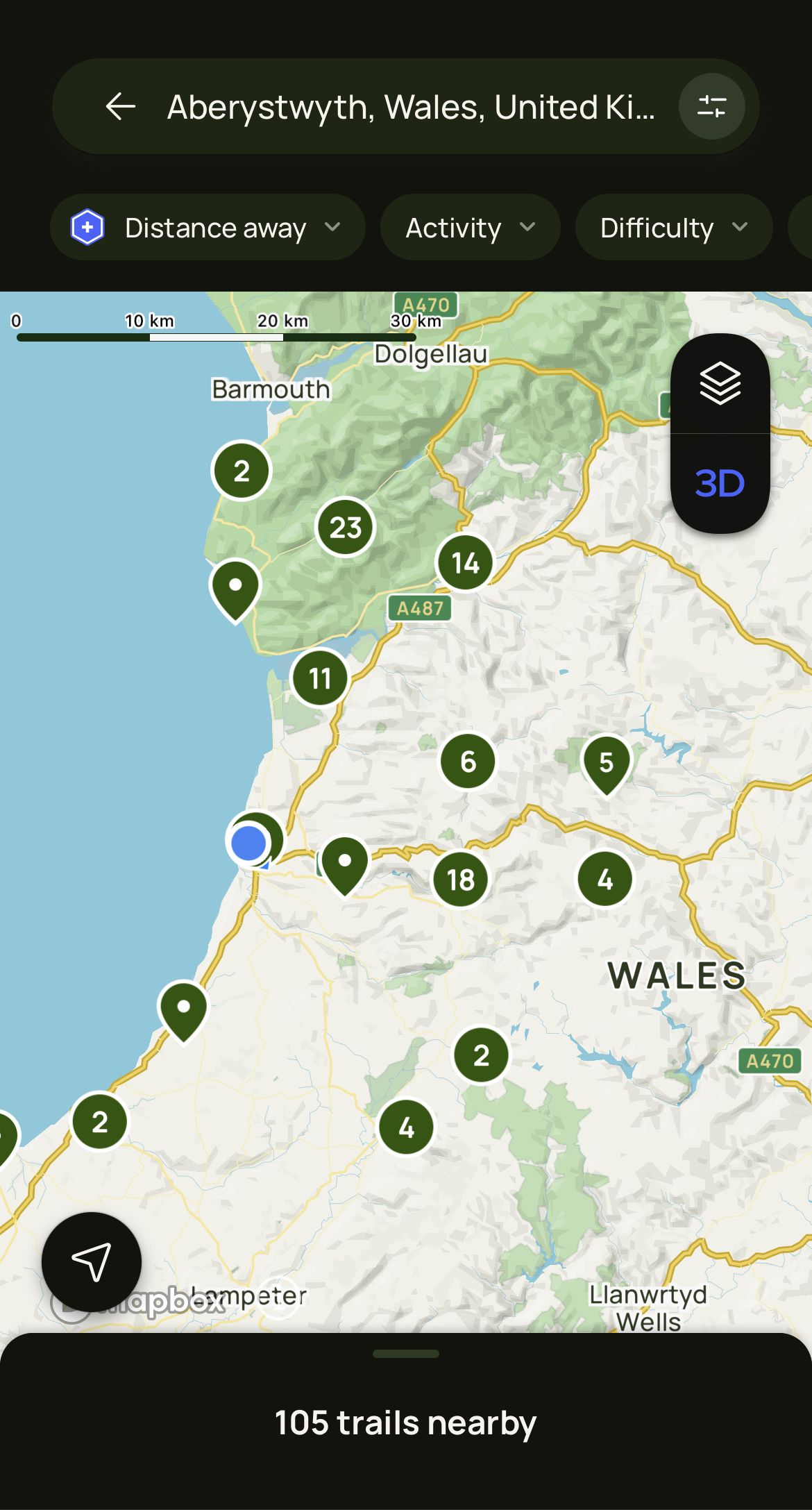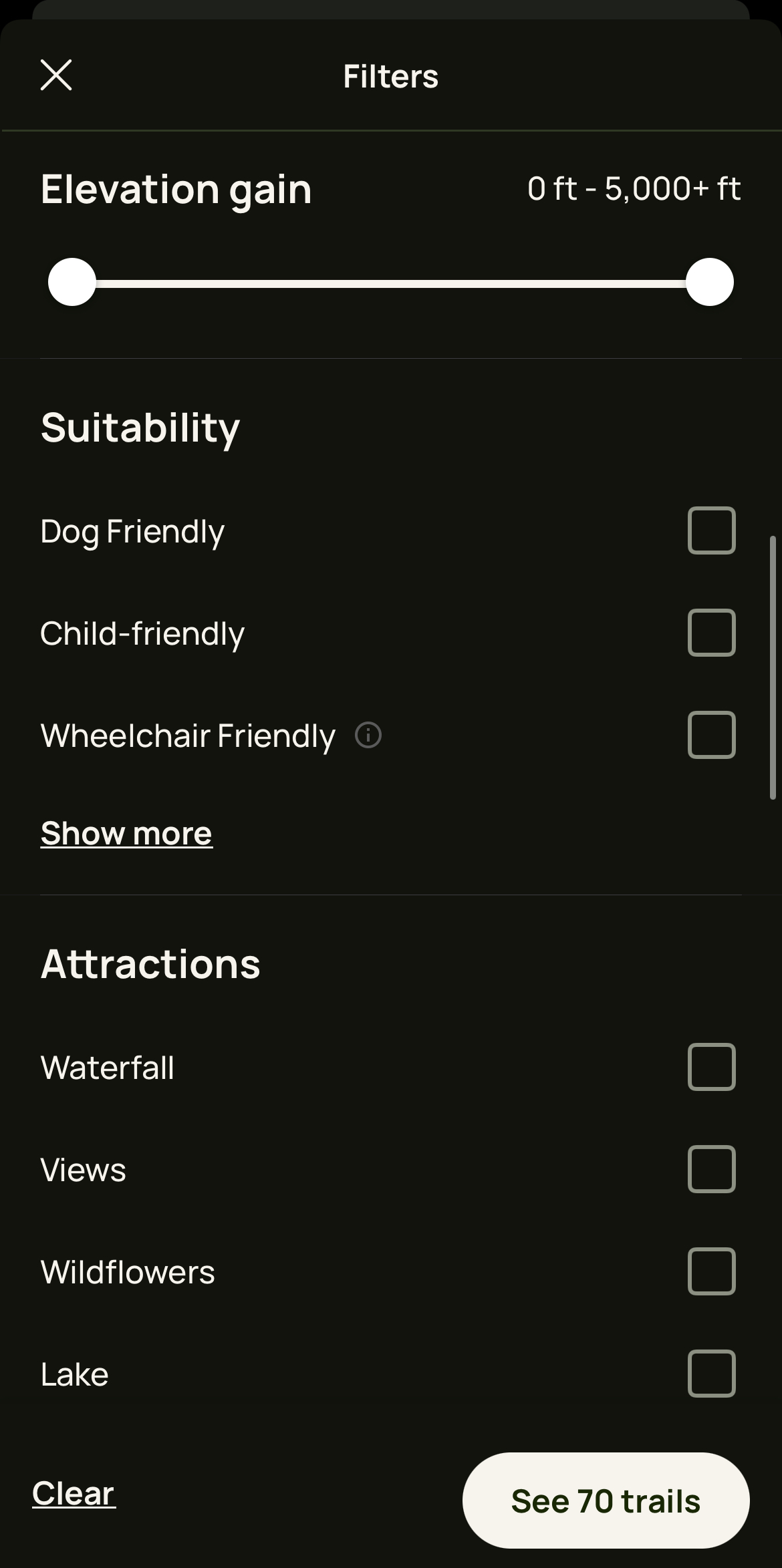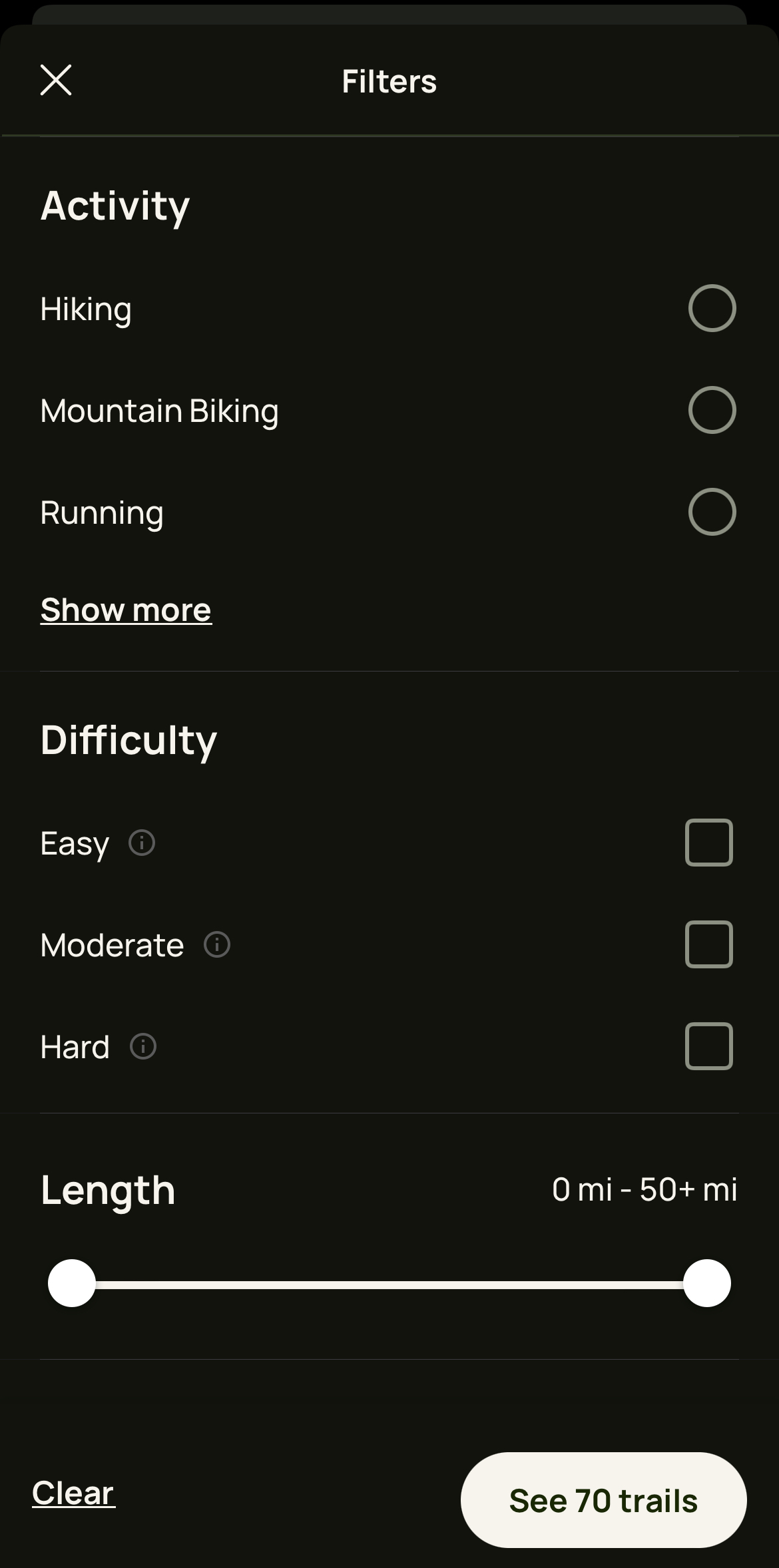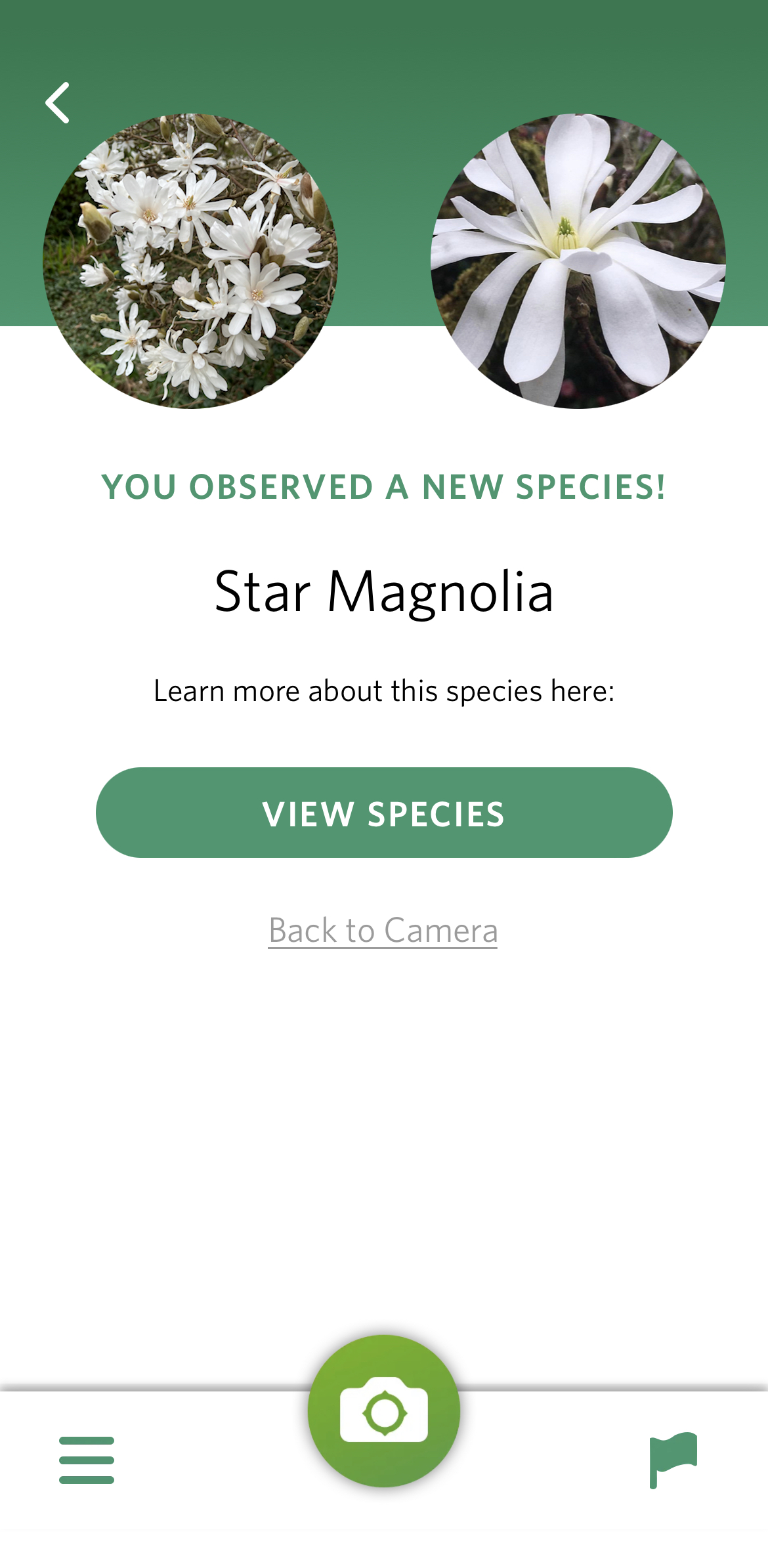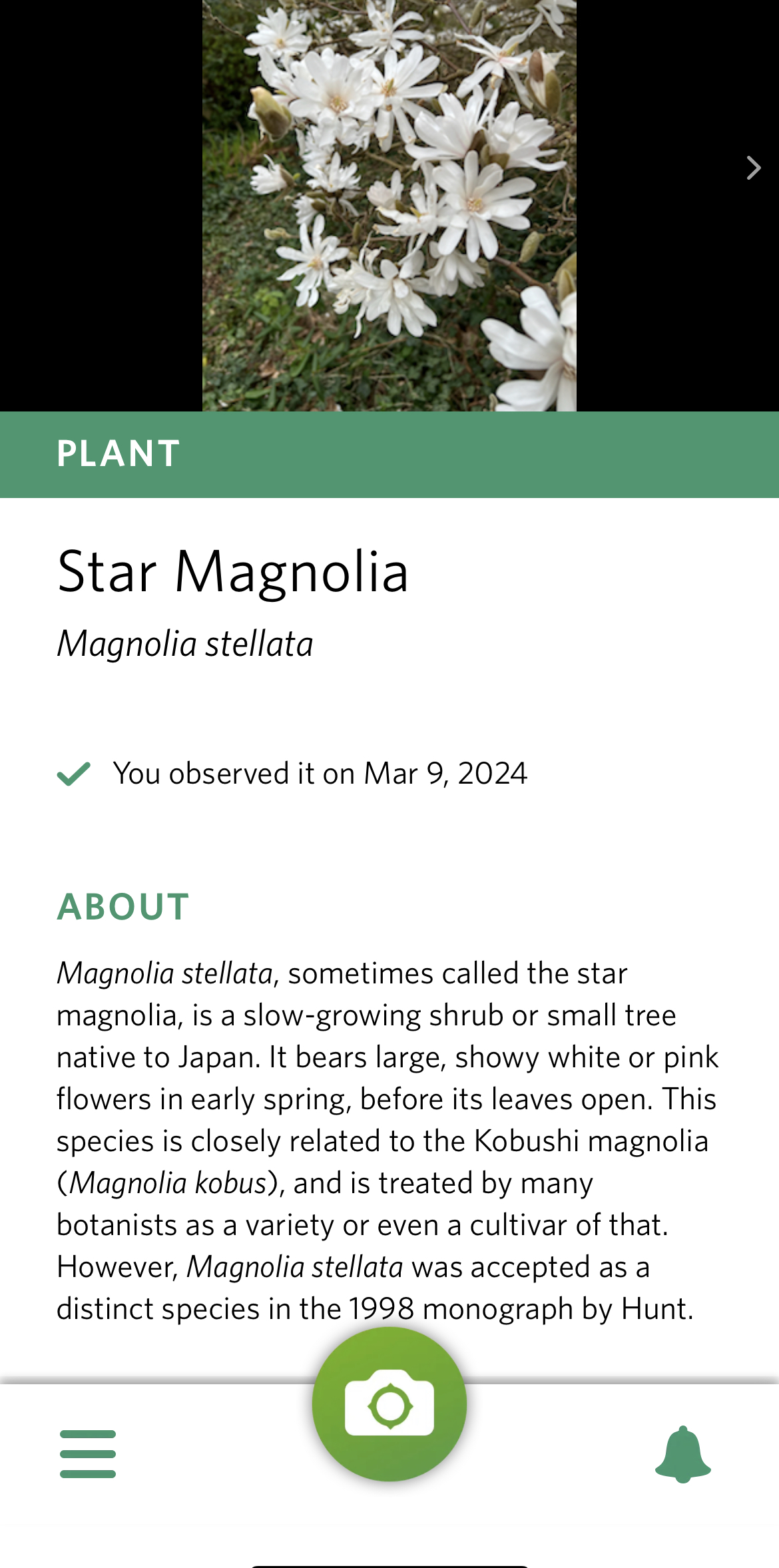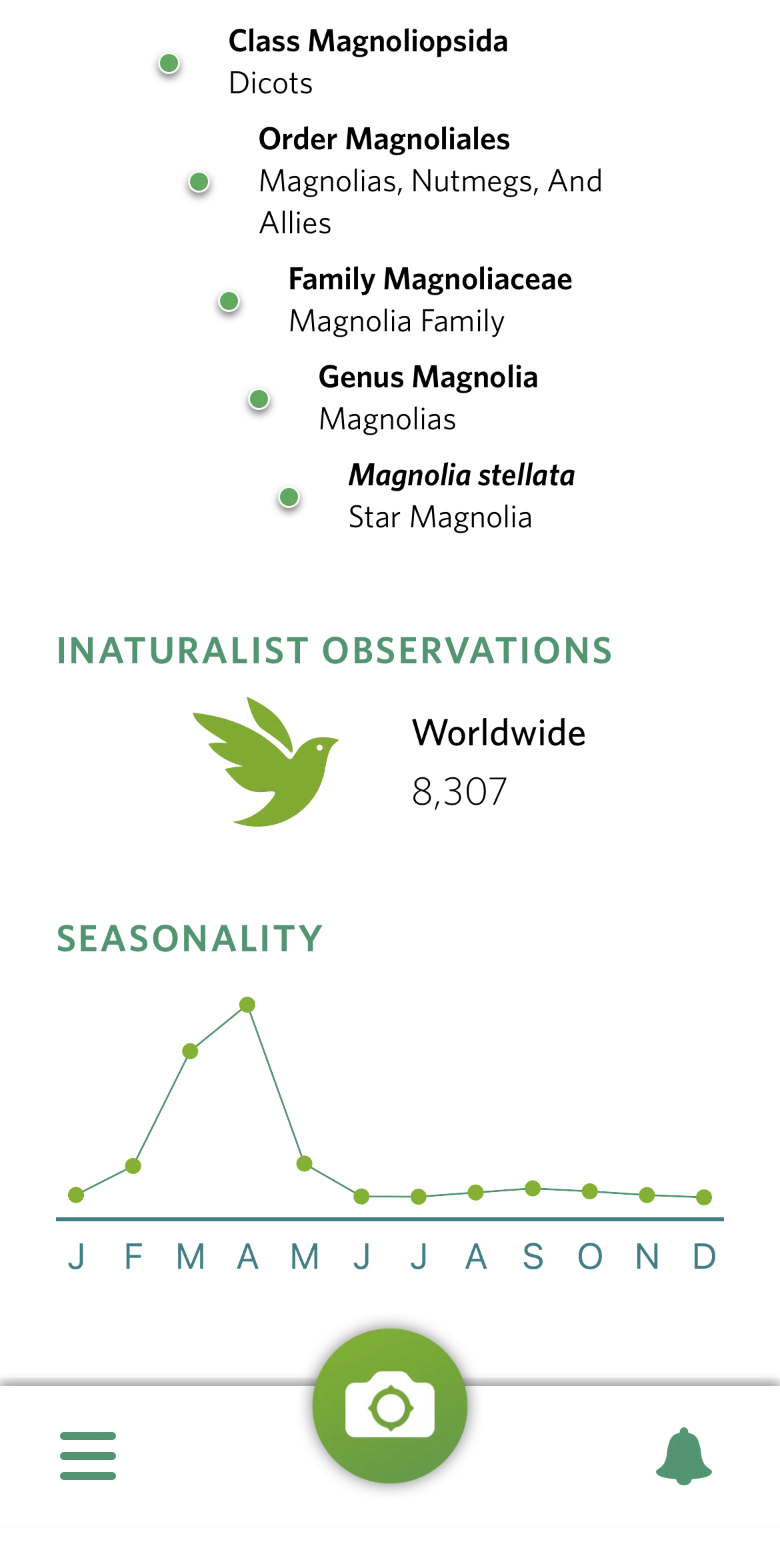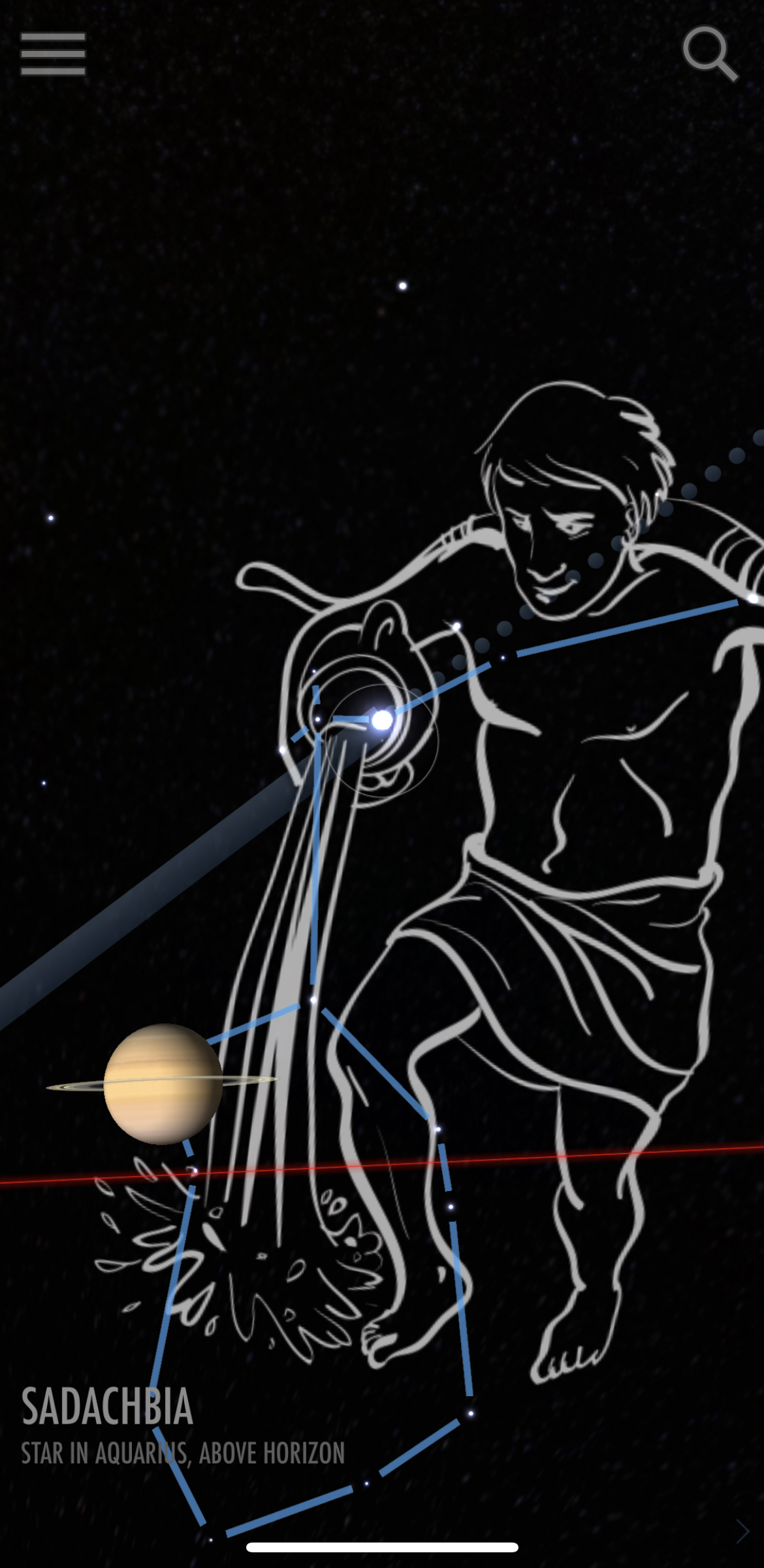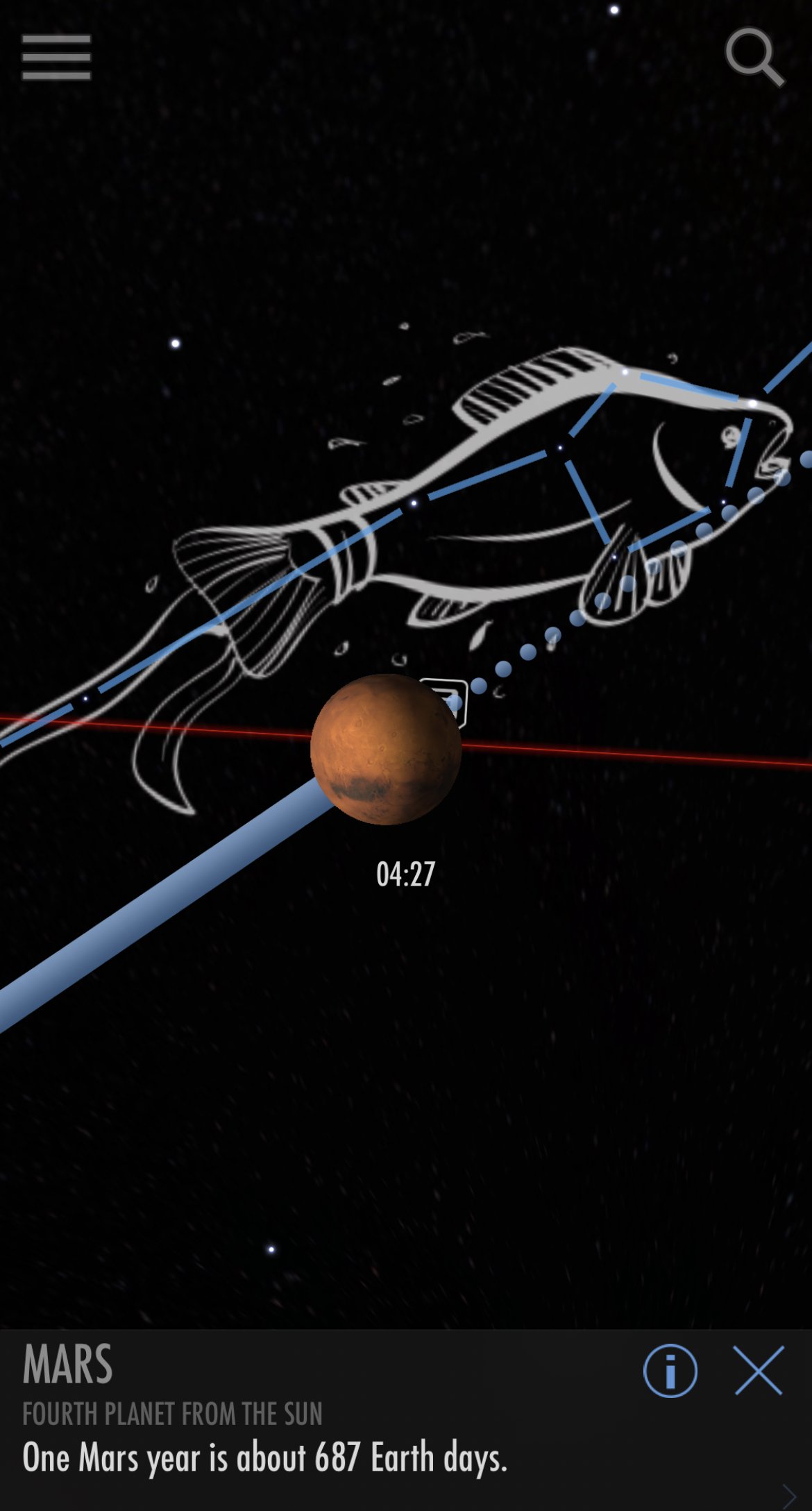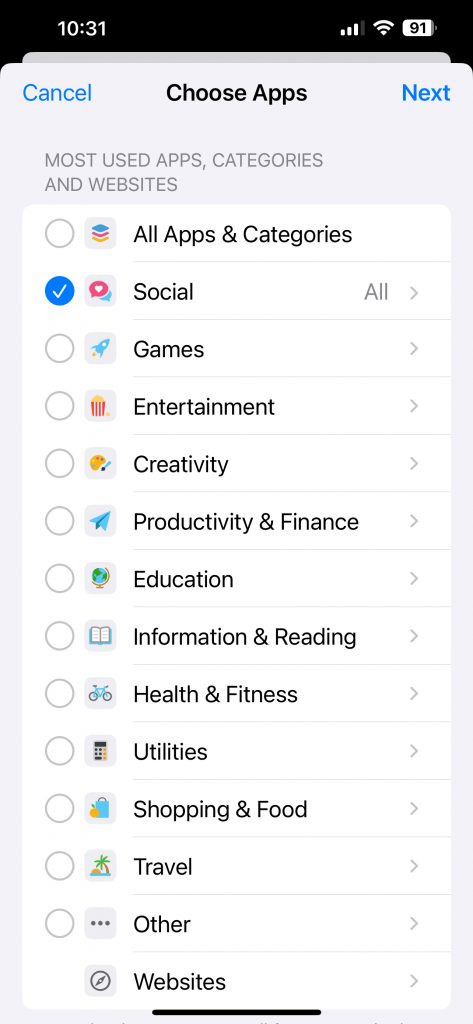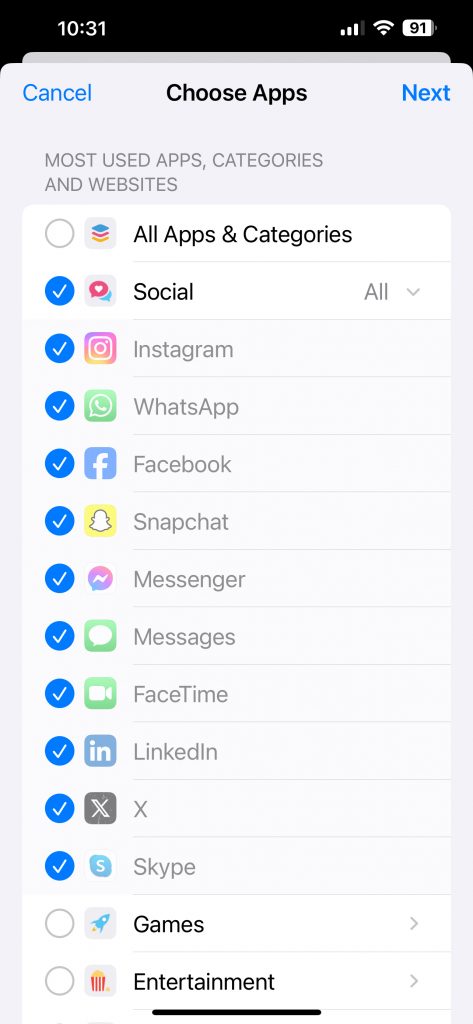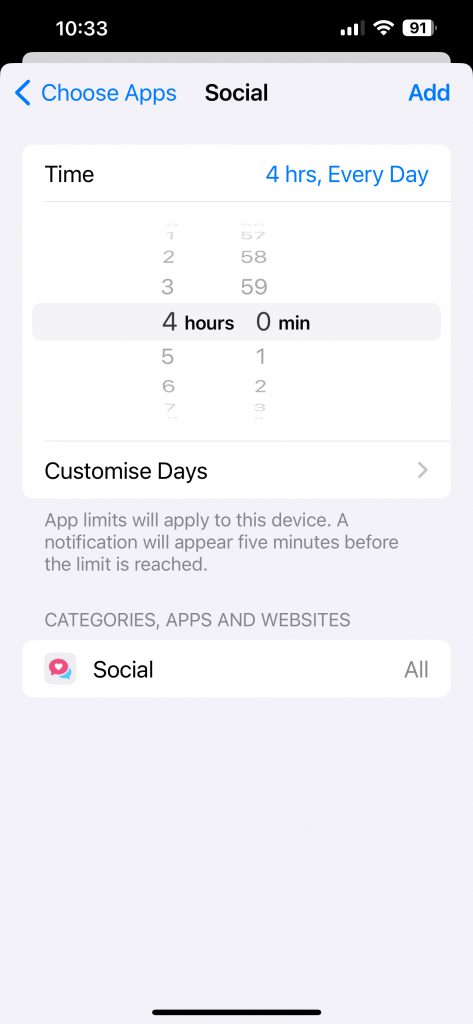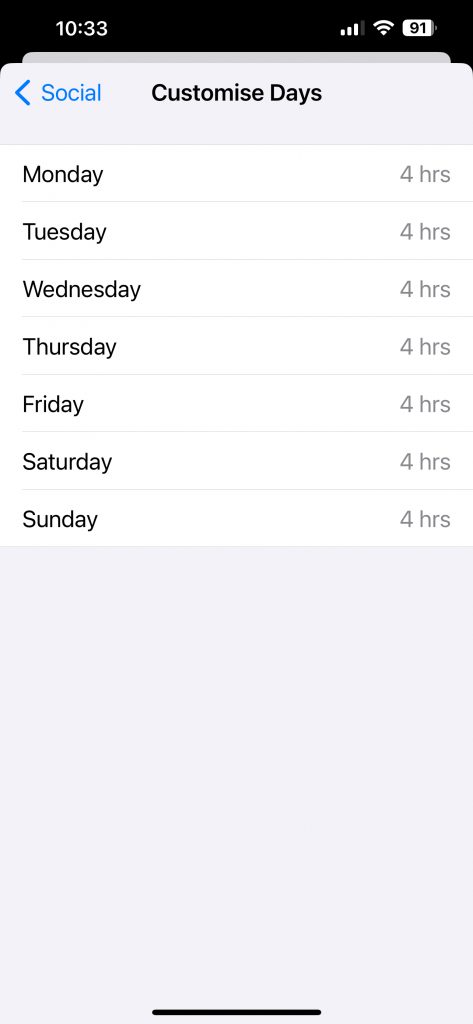With exam season upon us, the need to revise and be productive can be a struggle and it can be tempting to procrastinate with scrolling through social media. But with the Flora app, this can be a lot easier! Available on iOS and Android, Flora is an interactive productivity app where you can store to-do lists and build positive habits. You can set focus and break timers to remind you when to step away from your task and when to start again. The Flora app allows you to plant a seed at the beginning of your task that slowly grows the longer you remain focused and if you go onto your phone to go onto other apps such as social media or games your tree will die! Other features include the ability to unlock different species of trees the longer you don’t break your focus timers or complete challenges, the option to create to-do lists to manage your tasks, notifications on your locked phone to remind you to take a break, the ability to have friends and challenge each other to grow trees and stay off your phones. Download now and start planting in your productivity garden!
Category: Digital Identity and Wellbeing
Next in the Series: New updates to our favourite reading apps 📚
Blogpost by Shân Saunders (Digital Capabilities and Skills Development Coordinator)
In February we wrote a blogpost about apps to help with your reading habits. As it’s National Book Lover’s Day, there are new updates to one of the apps mentioned – Fable. Fable is a combination of a reading app and social media where you can see updates from other readers including opinions that they have on your previously read and want to read books.
Recent updates include having your reading streak and progress update bar on the homepage for easy access. Additionally, Fable is now branching out from books with the option to mark your progress and join clubs for TV shows meaning you can watch episodes and discuss your favourite shows with other fans. Fable is also currently testing a new AI chatbot called Scout where you input prompts for suggestions and recommendations for your next reads based on tropes and genres or if you’re looking for something similar to another read.
The main new feature is the stats page. Under your user profile, there is now a reader summary, a little AI summary which automatically updates after every read. Within this there is also a graph of the books you have read this year with a reader insight into when you’re due to reach your reading goal. Along with the reading streak widget on the homepage, you can view how much you read in previous months including your longest reading streak. You can also view a graph with your most read genres and underneath this you can see your average rating of books you have read.
Explore your Digital Wellbeing on Global Wellness Day 🧘🏻♀️
Blogpost by Shân Saunders (Digital Capabilities and Skills Development Coordinator)
8th June 2024 is Global Wellness Day, a day to reflect on your wellbeing and mental health. This year our Student Digital Champions introduced a Digital Wellbeing Series that covered a wide range of digital life to help improve others digital wellbeing with tips and tricks.
They explored digital ergonomics including creating a LinkedIn Learning collection about the best set up for your desk and advice on how to reduce eyestrain through the 20-20-20 rule and enabling dark mode. One of our student digital champions embarked on a digital detox which included deleting all social media apps, disabling notifications, replacing Face ID with a deliberate password and being more mindful of their purpose of being on their phone. They recounted their pros, cons, and advice for anyone else looking to indulge in a digital detox.
As well, our digital champion found that the app ScreenZen was a blessing during their digital detox to help enforce better boundaries while interacting with apps and becoming more mindful of your digital consumption. The Digital Wellbeing series also looked at the importance of digital decluttering and organizing your digital spaces, including creating better folders, customising your home screens, and clearing out your downloads folder.
Other digital wellbeing resources include a blogpost for any iPhone user about the inbuilt features in settings to help with your screen time limit and a feature to help distance your phone to reduce eyestrain.
If you would like to look at further resources, feel free to explore the digital wellbeing section on the Digital Skills Library or in the LinkedIn Learning collection. You can also view the digital wellbeing session that we held in the Digital Skills Festival 2023.
Nature at your fingertips: My favourite apps for exploring the outdoors 🍃🌻
Blogpost by Noel Czempik (Student Digital Champion)

With days getting longer and temperatures on the rise, many crave spending more time outdoors. To enhance your outdoor adventures, I’ve compiled a list of my favourite free apps that will hopefully spark your curiosity and deepen your appreciation for nature.
AllTrails
AllTrails is a pocket guide to walking trails, biking routes and nature spots suitable for various activity levels and abilities. The app allows you to plan your next adventure, whether small or big and helps you discover new places or return to your favourite spots!
These are some of my favorite features in the app:
- Search for trails by location and filter by type of activity, difficulty, accessibility and length.
- Access detailed trail information, including thorough descriptions of the pathways, current weather and ground conditions, and available facilities.
- Check out reviews and photos to help you decide if it’s the right trail for you.
- Save your favourite trails and share them with others in the app.
📲 Download from Google Play 📲 Download from the Apple Store
Seek by iNaturalist
Have you ever seen a plant whilst out walking and wondered what it was? Seek allows you to effortlessly identify species of plants, animals, and fungi on the go. The app does not require registration; simply download it and point it at living things around you!
My favourite features in the app are:
- You can point the in-app camera at what you’d like to identify or take a picture and upload it to the app later.
- Learn more about the species’ taxonomy, seasonality, and geographical origin.
- Being able to engage with a community and share the species that you’ve found with the app. PlantNet is another app that’s useful if you want to be part of a citizen science project on plant biodiversity.
📲 Download from Google Play 📲 Download from the Apple Store
SkyView Lite
The final app I’d like to share with you is SkyView Lite. This app contains an interactive sky map that allows users to recognise stars, planets and other celestial objects. The app is intuitive, accurate and easy to personalise. In Wales, weather can often be unpredictable, and clear skies often come as a surprise. With SkyView at hand, you can take full advantage of spontaneous stargazing!
My favourite things about the app are:
- It does not require an internet connection or GPS, so it can be used in remote areas.
- Tap on any celestial object to get a detailed description. Tap again for more information and educational facts.
- The app works indoors, too, so you can learn anytime, regardless of the weather.
Stand out from the crowd with LinkedIn Learning Certificates 🏆

In today’s competitive job market, it’s important for university students to stand out. One way to do this is by earning certificates for completed courses on your Aberystwyth University LinkedIn Learning account and adding them to your personal LinkedIn profile.
But why does this matter? Adding certificates increases your chances of being found by recruiters looking for specific skills, showing them your commitment to ongoing learning and career development, making you a more appealing candidate.
Watch the video below to learn how to add LinkedIn Learning certificates to your personal LinkedIn profile ⬇
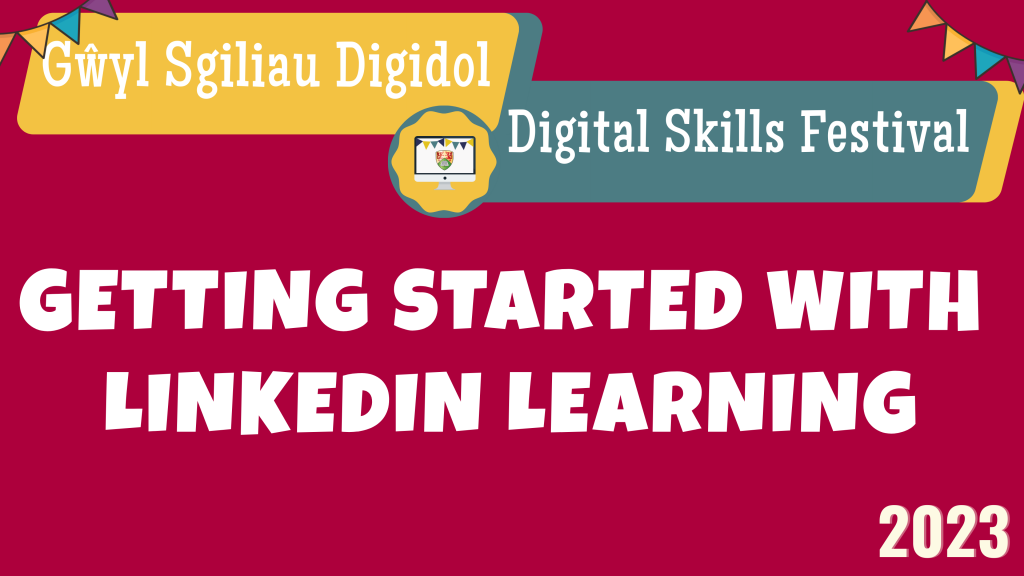
Learn more about LinkedIn Learning from this session at the Digital Skills Festival ’23 (Welsh session; English session)
If you have any questions about adding LinkedIn Learning certificates to your personal LinkedIn profile, please contact the Digital Skills Team (digi@aber.ac.uk) or view the official LinkedIn Learning Certificate FAQ page.
Rock your LinkedIn Profile 🤘🏻
Blogpost by Shân Saunders (Digital Capabilities and Skills Development Coordinator)
As the end of the academic year approaches, you may be starting to think about job prospects and future careers and where to start with this journey. LinkedIn now offer “Rock your Profile” webinars to help you learn how to build an interesting profile that is appealing to your ideal audience as well highlighting key features and best practices for building an engaging profile. These webinars are available at different times of day, register now at: Rock Your Profile (linkedin.com).
Aberystwyth University Careers service also offer reviews and advice on improving CV’s and LinkedIn profiles. You can access these services through in person drop-ins at Level D Hugh Owen Library during term time, the Careers team are also available via email at: careers@aber.ac.uk. Alternatively, the Careers team also conduct sessions on successfully building a CV and a LinkedIn profile, these sessions are advertised on the career’s portal: www.aber.ac.uk/ABERcareers. We also had a session about how to use LinkedIn at our Digital Skills Festival which you can access here: How to use LinkedIn – Digital Skills Festival 2023 (6 – 10 November) (aber.ac.uk). You can view further resources on LinkedIn through the videos below:
- LinkedIn Quick Tips (24m)
- Using LinkedIn wisely (2m 44s)
- Optimizing Your LinkedIn Profile Nano Tips (10m 36s)
- Optimizing your LinkedIn Profile (3m 22s)
- Improve your LinkedIn search (1m 50s)
A Juggling Act: Navigating Studies and Job Applications ⚖
Blogpost by Joel Williams (Student Digital Champion)

For many students, balancing studying for exams, completing coursework, and actively searching for employment opportunities can seem insurmountable. I have found it challenging to stay on top of my studies while trying to find relevant jobs and then completing page after page of applications. Enter platforms like Gradcracker and AberCareers. First introduced to me during the Digital Skills Festival, Gradcracker, like many similar sites, amalgamated many employment opportunities explicitly tailored to my skills. In this blog post, I hope to outline some of the approaches I used to help manage my studies whilst job hunting and signposting several resources available via the University.
Managing your time ⏰

One of the foremost challenges job-hunting students face is time management. With lectures, seminars, and assignments demanding their attention, carving out dedicated time for job applications can be challenging. Truthfully, I found the time required by each job application to be an excellent way to procrastinate on my dissertation, which helped me complete it quickly. However, as my third year continued and other assignments started to loom, I found the best way to stay on top of it all was to give myself an hour or two each week when I would only focus on job application. To meet my self-imposed time limit, I save the URL of any roles I’m interested in and if they are on Gradcracker, I make sure to shortlist them, making them easy to find and highlighting how long I have to apply for the role.
So Much Writing ✍
Another hurdle students encounter is the pressure to stand out in a highly competitive job market. Crafting a compelling CV, writing tailored cover letters, and preparing for interviews are all essential components of the job application process. However, balancing academic achievements and relevant work experience can take time and effort, especially for those juggling multiple commitments simultaneously. The most helpful resource I found when trying to update my CV was to use the daily drop-in sessions offered by the careers service. I found having another pair of eyes check over everything invaluable.
One of the sections of my CV I have always struggled to complete has always been the skills section. This is partially because it can be hard to know what is the most important to list and also because it can often be challenging to come up with a list of skills on the spot. To help complete these sections, I used a combination of module information and the Jisc Digital Discovery Tool, which I used to identify my digital proficiencies.
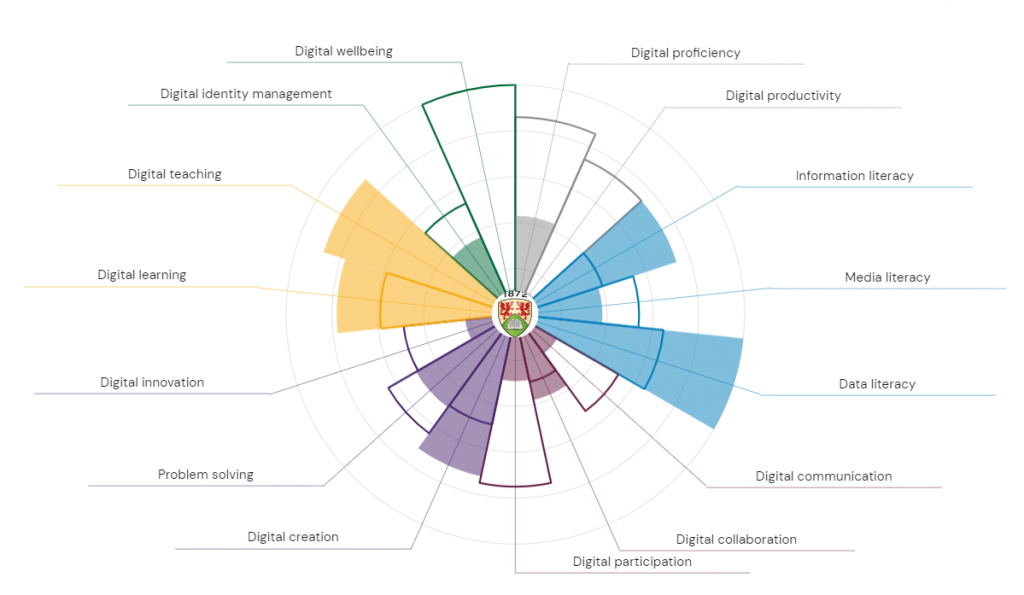
Polishing your Digital Presence 👣
One of the first steps I took early in the job application process was updating and polishing my LinkedIn profile. Spurred on by a session on How to use LinkedIn during the Digital Skills Festival, I revised much of my pre-existing profile and created something that I am now able to use for job applications.
Checking your digital footprint is an often overlooked element of applying for jobs in a digital age. My fellow Digital Champion Noel has written a handy blogpost exploring the steps you can take to protect your digital footprint and ensure that the public and employers can only see what you want them to. The Digital Skills Team have also curated a LinkedIn Learning collection on managing your digital identity.
Career Service 💬

If you’re looking for more specific advice, the careers service is the best people to speak to and details of how best to use this service, which is open to current students and post-graduates, can be found on their webpage.
Global Work from Home Day 🏡
Blogpost by Shân Saunders (Digital Capabilities and Skills Development Coordinator)
Working from home for most people has now become the new normal with home offices now a staple of most households. Being able to work from home is a positive in many ways but it can also allow us to be too consumed by our screens as well as having to adapt to new ways of working. As today is global work from home day, we want to share our tips and tricks for being more successful with working from home.
- Step away from the desk!
As with working in any office, having regular breaks and stepping away from your computer is essential. This could be taking a break to make a drink, taking the time to stretch or even doing some desk yoga! You can view the below LinkedIn Learning courses and videos for some tips on taking breaks and stretching courses.
- Chair Work: Yoga Fitness and Stretching at Your Desk (33m)
- Computer and Text Neck Stretching Exercises (20m)
- Workings from Home: Schedule Breaks (1m 7s)
- Is your desk set up for success?
Digital ergonomics is important both to help your productivity with feeling comfortable and happy with your space but it’s necessary for maintaining your physical health too! You can improve your digital ergonomics through making sure your at home office space is set up correctly, be aware of eye strain and making the needed adjustments where you can. You can learn more about digital ergonomics through the resources below:
- Eyes on the Prize: A Student’s Guide to Defeating Computer Eyestrain
- LinkedIn Learning Collection: Digital Ergonomics
- Ergonomics 101 (35m)
- Establish a Routine
Working from home is a great benefit, but it can be very easy to be consumed by work and lose your day which is why it is so important to establish a routine. This can include maintaining a consistent lunch break, having specific focus times on certain days and if you have recurring tasks, completing these on the same days. View the below videos and courses for tips on establishing a routine.
- A Student’s Guide to Time Management Tools
- Top tips for Mastering your Schedule
- Productivity Tips: Establishing a productive daily routine (2m 40s)
- Perfect Online Meetings
Meeting virtually is now a requirement for anyone working remotely and with this has come about a new form of etiquette. It’s important to maintain professionalism while working from your home office. This can be having a virtual background, ensuring you have a headset of some form, joining the meetings early and being aware of whether your microphone or camera is on. You can learn more about best practice for online meetings with the resources below.
- 6 Tips for Successful Online Meetings
- Working from Home: Online meeting protocols and phone manners (1m 37s)
- Etiquette for video meetings (3m 10s)
- Stay connected
Although there are so many advantages and benefits to working from home, it can be isolating and difficult to maintain communication with fellow peers and so it’s highly important to stay connected. The best way to do this is to utilise online communication tools. This can be using Microsoft Teams or collaborative documents like Word online or SharePoint. You can learn more about the different types of method to stay connected below.
In just a minute: Set a screen time limit! ⏳
Blogpost by Shân Saunders (Digital Capabilities and Skills Development Coordinator)
Whether you’re trying to work and keep getting distracted or sat on your phone before bed and can’t seem to put it down, using the screen time function available on iPhones may be beneficial to you. Accessed through settings and then screen time, there are multiple features to help manage your usage of apps as well as limit communications.
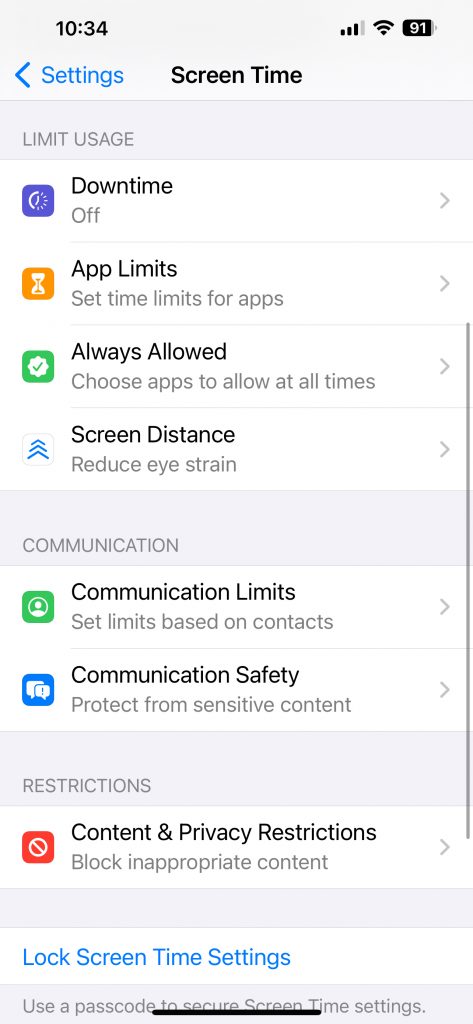
- Downtime
When activated, if your phone is in downtime this means that only apps that you have chosen to allow and phone calls will be available. You can turn on downtime at any time or you can schedule it to automatically occur on certain days at certain times.
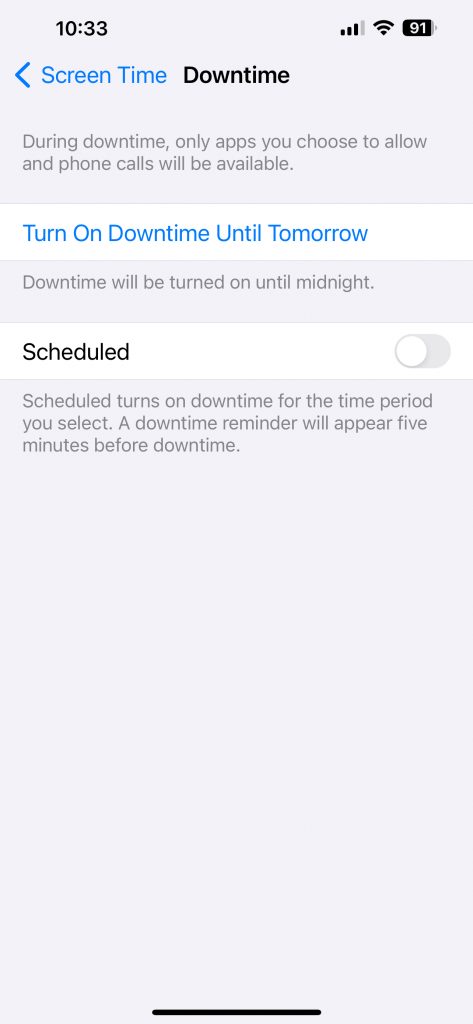
- App Limits
You can limit usage of not only specific apps but app categories. For example, you can enable that all social apps – including Instagram, Facebook, Snapchat etc – have a specific limit of usage on specific days. This is a customisable feature, and you can remove some apps from the category if you don’t want a limit on that specific app, such as if you want to limit social media apps but not WhatsApp.
- Always Allowed
Through this feature you can customise which apps are always allowed usage even if your phone is in downtime. This includes having the ability to personalise which contacts can communicate with you through phone, facetime and messages.
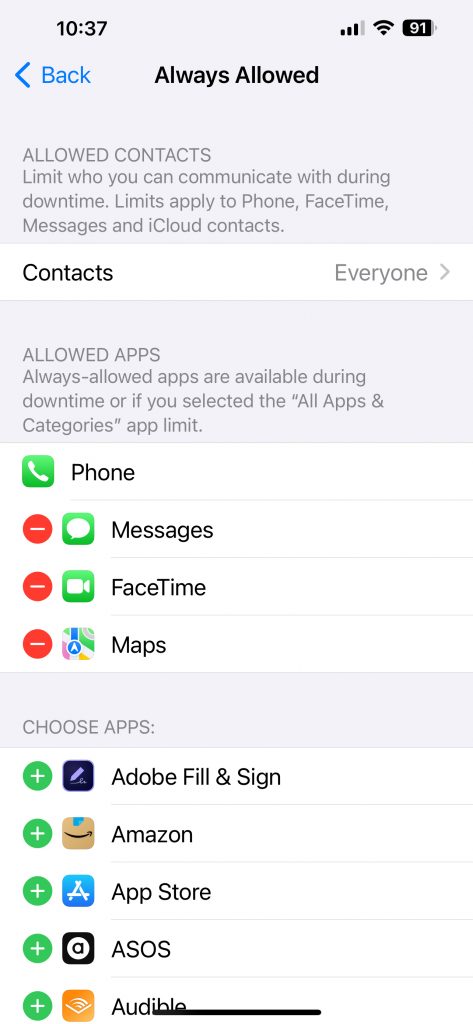
- Screen Distance
A feature that you can choose to enable, screen distance helps measure the distance your phone is away from your face and will send you an alert if your phone is too close. This is to help reduce eye strain.
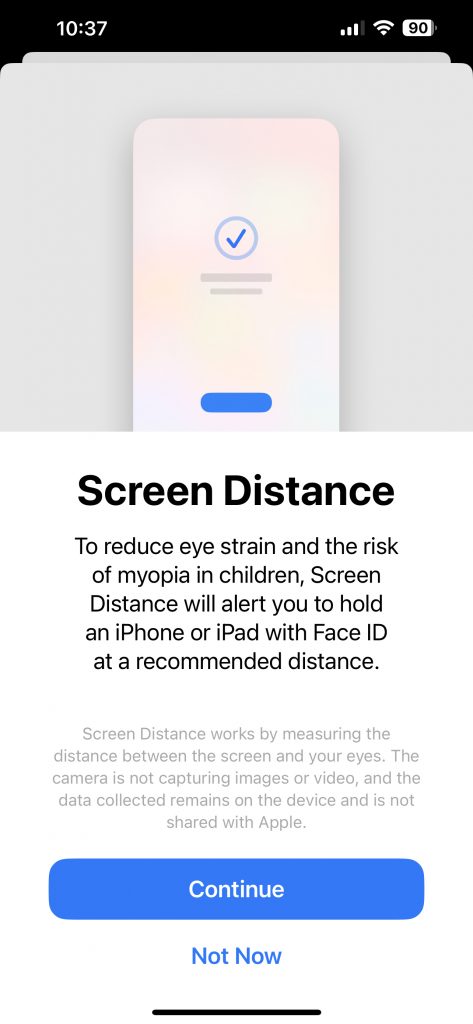
If you’re looking for more tips and tricks in reducing your digital usage, view our student digital champions digital detox results! Please note, these instructions are for Apple only and unfortunately, this function is not available for Android users. If you are an Android user, view our Student Digital Champion’s recommendation of ScreenZen.
Prioritise your digital wellbeing on University Mental Health Day
Blogpost by Sioned Llywelyn (Digital Skills Lead)
In today’s age, most of us rely heavily on technology. While the digital world offers endless possibilities and conveniences, it’s crucial to remain mindful of its potential impacts on our digital wellbeing. As today is University Mental Health Day, it’s a perfect day to share with you a selection of tips and resources to help you achieve a healthier relationship with technology.


